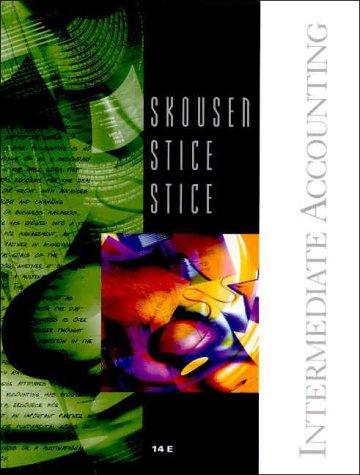Question
Walnut Systems produces two products, Product A, which sells for $125 per unit, and Product B, which sells for $209 per unit, using three activities:


Walnut Systems produces two products, Product A, which sells for $125 per unit, and Product B, which sells for $209 per unit, using three activities: Design, which uses engineering hours as the cost driver; Machining, which uses machine hours as the cost driver; and Inspection, which uses the number of batches as the cost driver. The cost of each activity and usage of the cost drivers are as follows: Activity Pool (Driver) Cost of Pool Usage by Product A Usage by Product B Design (Engineering Hours) $ 157,472 210 308 Machining (Machine Hours) 590,400 1,040 3,060 Inspection (Batches) 30,000 40 20 Walnut manufactures 11,500 units of Product A and 7,600 units of Product B per month. Each unit of Product A uses $49 of direct materials and $11 of direct materials and $11 of direct labor, while each unit of Product B uses $71 of direct materials and $32 of direct labor.
I do not know if what I have filled in is correct or not so please help me correct those if they are wrong, and help me fill in the rest
Walnut Systems produces two products, Product A, which sells for $125 per unit, and Product B, which sells for $209 per unit, using three activities: Design, which uses engineering hours as the cost driver; Machining, which uses machine hours as the cost driver; and Inspection, which uses the number of batches as the cost driver. The cost of each activity and usage of the cost drivers are as follows Walnut manufactures 11,500 units of Product A and 7,600 units of Product B per month. Each unit of Product A uses $49 of direct materials and $11 of direct labor, while each unit of Product B uses $71 of direct materials and $32 of direct labor. Required: a. Calculate the activity rate for design. b. Calculate the activity rate for machining. c. Calculate the activity rate for inspection. d. Determine the indirect costs assigned to Product A. e. Determine the indirect costs assigned to Product B. f. Determine the manufacturing cost per unit for Product A. Note: Round your answer to 2 decimal places. g. Determine the manufacturing cost per unit for Product B. Note: Round your answer to 2 decimal places. h. Determine the gross profit per unit for Product A. Note: Round your intermediate calculation to 2 decimal places. Round your answer to 2 decimal places. i. Determine the gross profit per unit for Product B. b. Calculate the activity rate for machining. c. Calculate the activity rate for inspection. d. Determine the indirect costs assigned to Product A. e. Determine the indirect costs assigned to Product B. f. Determine the manufacturing cost per unit for Product A. Note: Round your answer to 2 decimal places. g. Determine the manufacturing cost per unit for Product B. Note: Round your answer to 2 decimal places. h. Determine the gross profit per unit for Product A. Note: Round your intermediate calculation to 2 decimal places. Round your answer to 2 decimal places. i. Determine the gross profit per unit for Product BStep by Step Solution
There are 3 Steps involved in it
Step: 1

Get Instant Access to Expert-Tailored Solutions
See step-by-step solutions with expert insights and AI powered tools for academic success
Step: 2

Step: 3

Ace Your Homework with AI
Get the answers you need in no time with our AI-driven, step-by-step assistance
Get Started


